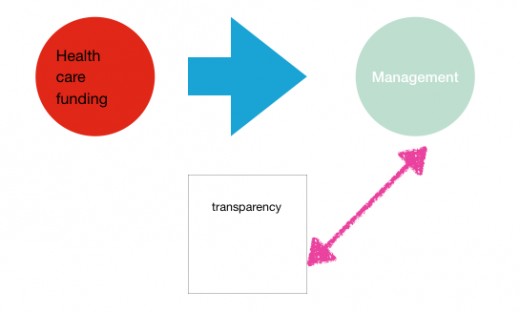Reporting and measuring health care performances: the Italian case.
Healthcare worldwide symbol
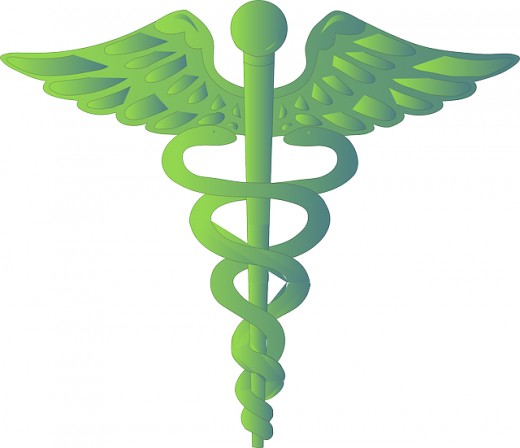
The Directorate General for Health and Food Safety last October published a study on public perception about science, research and innovation. A very wide range of subjects contemplating education, sustainability, employment, heath care and medi care is covered. Social progress mixes both human decision and technological advancement. About health care and medi care, 13 countries on the EU 28 show an absolute majority of people thinking people actions and behaviour in the future will have a positive impact. The number rise to 96% when the actor is not people but science and technology. Last one in the chart, in both cases, Italy.
13 countries on 28 show absolute majority believing in human made advancement
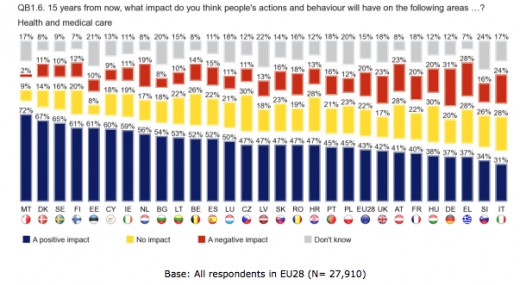
Only one country shows no absolute majority believing in advancement to be carried on by science
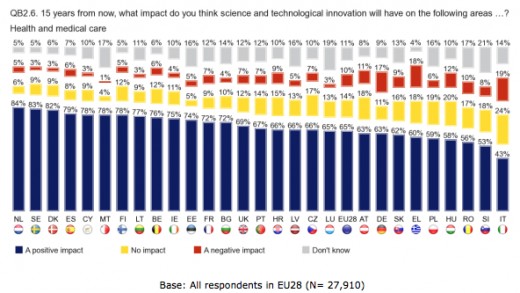
Scuola Superiore Sant'Anna, the entrance
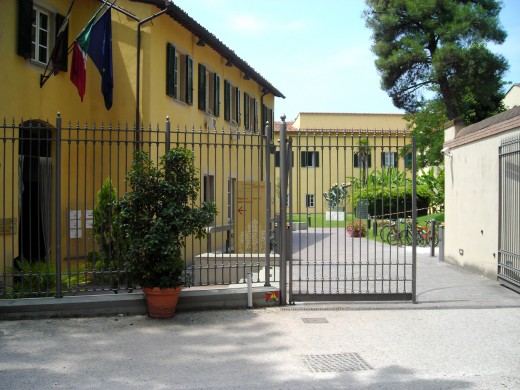
Enrico Rossi, president of Tuscany Region, politician trying to link science with health care managers in charge
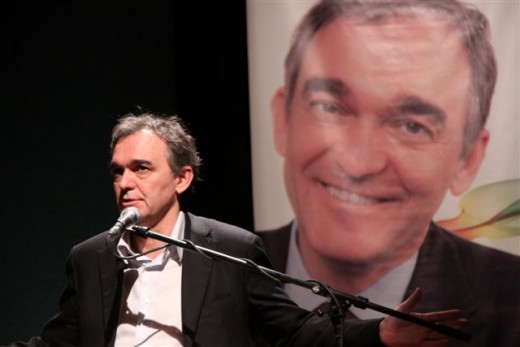
Public spending situation in Italy regards big numbers. Evolving from a labour linked guarantee, it became universal with the Servizio Sanitario Nazionale's birth. Nowadays spending in this balance item is higher than the Value Added Tax income; it is more than 4 times the IRAP income (having the Irap being invented to finance public health) and amounts to 112 billions in 2013. Most of public health finance is managed by regions. "Public spending on health care in Tuscany amounted to 6100 million euro, corresponding to approximately 70% of the total budget of the Region. The regional public health system includes more than 50,000 employees and its services greatly affect the lives of citizens, both in social terms - as they represent a crucial determinant of the quality of life of the person - and in economic terms as an expense which the community claims. So that it's also a driver of economic development". So said Sabina Nuti as a resercher for the Scuola Superiore Sant'Anna, just before the beginning of the crisis. At the time, Irpet set up a study concerning the subject. If public health care did not exist in Tuscany, than regional GDP would be lower by 7.5 % , the employed would be 8 % lower and imports regional and foreign companies would respectively lower by 4.5 % and 5.7 %. That's what the researches shown. After the financial crisis lasting for 8 years, there have been many reductions in
public expenditure, even if volunteers network helped preventing any collapse. The impact of these shortcuts is not a mortal strike for the local economy, thanks also to the capacity to keep expense effectiveness.Best reporting procedures need to be used, as the regions after Bassanini,Titolo V and more recent reforms are becoming more and more big funds spending. As president Rossi said, "valuation and measures coming from scientific research should innovate public health. We started in 2004, avoiding money and energy wasting, we reached an optimum level thanks to the contribution by Management School MES". Gween Bevan from the London School of Economics and Political Sciences praised the collaboration between MES researchers, politicians and health care managers as exemplar; the advancement reached by the region in this field as impressive (still the video linked above).Is this combination capable to stood down and overcome Italian public skepticism and lack of trust in people behaviour and science? If time for Italy to overcome some structural resistances and to make assignment on scientific innovation, especially in the public sector. That is to say not only to give an administrative acknowledgement to some doctors in charge of responsibility, but also help the development of scientific management as a powerful clarifier.
London School of Economics logo
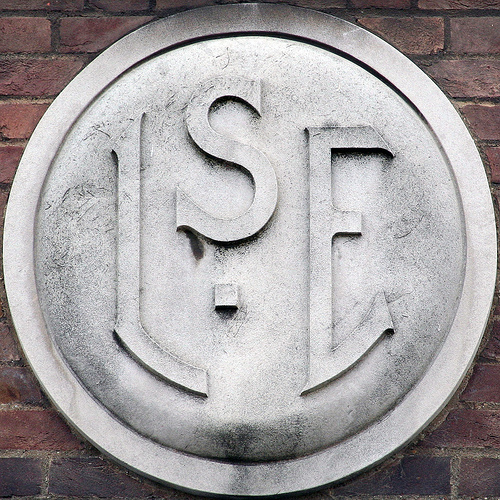
So if the Italian sentiment about the future in public health care is negative, management in this sector needs to be improved and it has got sufficient instruments to do so. Nevertheless, transparency is a crucial issue. The blend between public and private -that is to say private doctors get commonly repaid by the state, whether they accept patients with no sufficient means- is always risky. Doctors can choose to practice bigger interventions just to get bigger payments back. Or, other way, they can treat patients badly and superficially just because they know they will get the payment back in any case.
USA after medi care adoption are experiencing some tries to break the rules. More than 240 people—including doctors, nurses, and other licensed professionals—were arrested for their participation in Medicare fraud scheme involving approximately $712 million in false billings. "A group seeking payments by the state for equipment that was not provided and care that was not needed" said Attorney General in charge of the case.
Health care funds, to be managed in transparency
